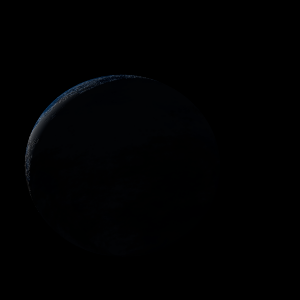|
|
Space Astro
|
Info for exoplanet "Lafa Quta-va"
| Scientific (actual) data |
|---|
| Name | Kepler-579 b |
| Planet status | Confirmed |
| Radius | 0.178 |
| Orbital period | 9.66858 |
| Discovered | 2016 |
| Updated | 2021-02-05 |
| Tconj | 2455010 |
| Publication | Announced on a website |
| Detection type | Primary Transit |
| Alternate names | 2MASS J19400048+3957105 b, K00499.01, KIC 4847534 b, KOI-499 b, KOI-499.01, WISE J194000.50+395710.4 b |
| Star name | Kepler-579 |
| Right ascension | 295° |
| Declination | 39.95° |
| Mag j | 12.993 |
| Mag h | 12.624 |
| Mag k | 12.548 |
| Star distance | 663 |
| Star metallicity | 0.13 |
| Star mass | 0.99 |
| Star radius | 0.96 |
| Star age | 4.07 |
| Star temperature | 5636 |
| Star alternate names | 2MASS J19400048+3957105, KIC 4847534, KOI-499, WISE J194000.50+395710.4 |
| Wikipedia article | Kepler-579 b |
Back
| |
| Fictional info (?) |
|---|
| Suggested name | Lafa Quta-va |
| Planet type | Cold planet |
| It was the one of the first exoplanets visited by a spacecraft, and one of the first to be successfully landed on. |
| Atmosphere | Molecular hydrogen | 77% |
| Hydrogen chloride | 18% |
| Hydrogen peroxide | 2.5% |
| Hydrogen | 1.9% |
| Carbon monoxide | 0.12% |
| Atmospheric pressure | 0.019 bar |
 |
| No known satellites |
| Google search for Lafa quta-va |
|
Website by Joachim Michaelis
|
|
|
|